100+ homes engulfed in Pacific Palisades wildfire as failed hydrants spark outrage. Santa Ana winds fuel 3,000-acre blaze, forcing mass evacuations across Los Angeles communities.
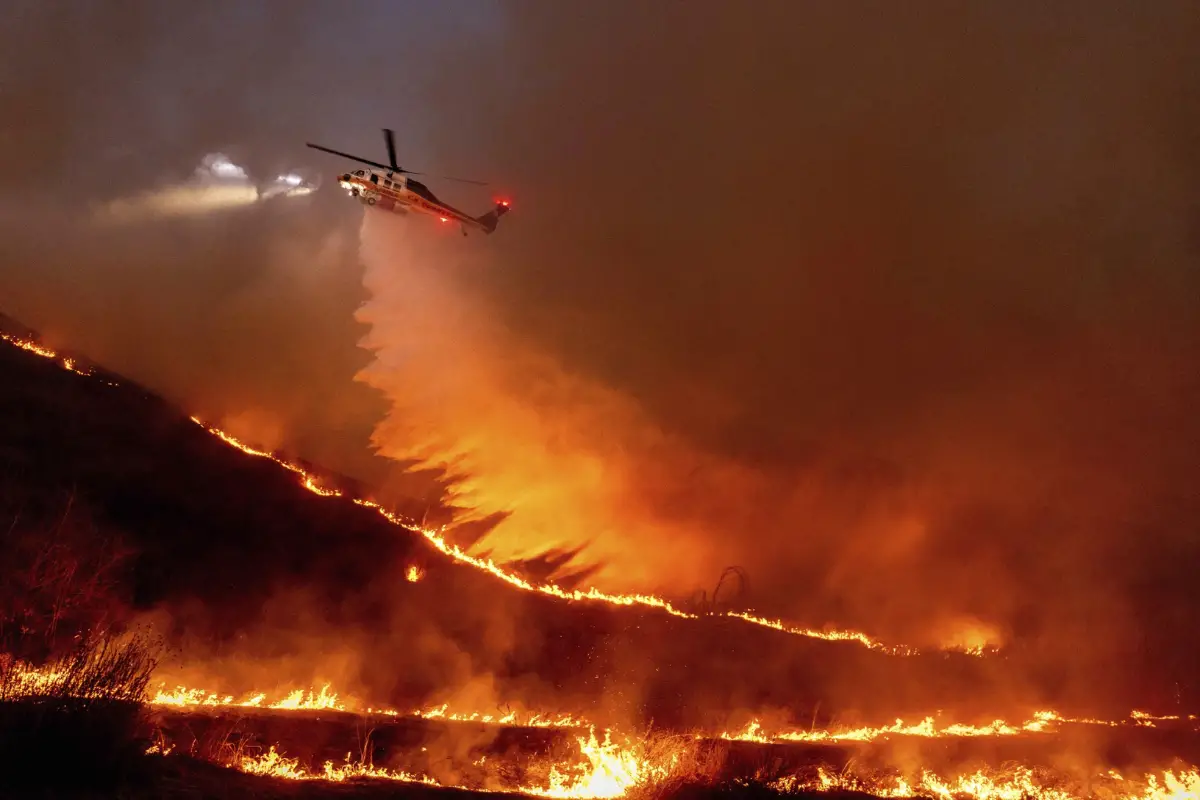
Los Angeles, CA – In a tragic turn of events, the Pacific Palisades community in Los Angeles has been engulfed by a fierce wildfire, marking one of the most severe fire outbreaks the area has witnessed in recent years. According to a post by local resident Wes Nichols on X (formerly Twitter), the fire has left more than 100 homes fully engulfed in flames, showcasing the sheer scale and intensity of the disaster. Nichols, who has lived in the area for 26 years, expressed his outrage over the response, stating, “Our politicians have failed us. Unprepared, unimaginative, understaffed, now overwhelmed.” His post was accompanied by a video taken around Pali High, showing the extent of the destruction with homes reduced to ashes under a sky darkened by smoke and lit by the eerie glow of the fire.
The fire, which started amidst strong Santa Ana winds with gusts reported up to 60 mph, has rapidly spread across nearly 3,000 acres. The combination of dry conditions and powerful winds has made firefighting efforts extremely challenging, with the Los Angeles Fire Department struggling to contain the blaze. As of the latest reports, the fire remains 0% contained, highlighting the ongoing struggle against the elements.
The impact of the fires isn’t limited to Pacific Palisades alone. In the nearby city of Malibu, all four public school campuses were closed due to the threat posed by the Pacific Palisades fire to the southeast, and they will remain closed for another day. The Pasadena Unified School District has also announced closures for its schools as the Eaton Fire rages on the city’s edge, with local leaders considering an emergency declaration due to the severe weather conditions. Additionally, a 50-acre brush fire broke out in the Sylmar area of Los Angeles, prompting evacuation orders and adding to the chaos with mandatory evacuations near Altadena and Pasadena due to fires in those regions.
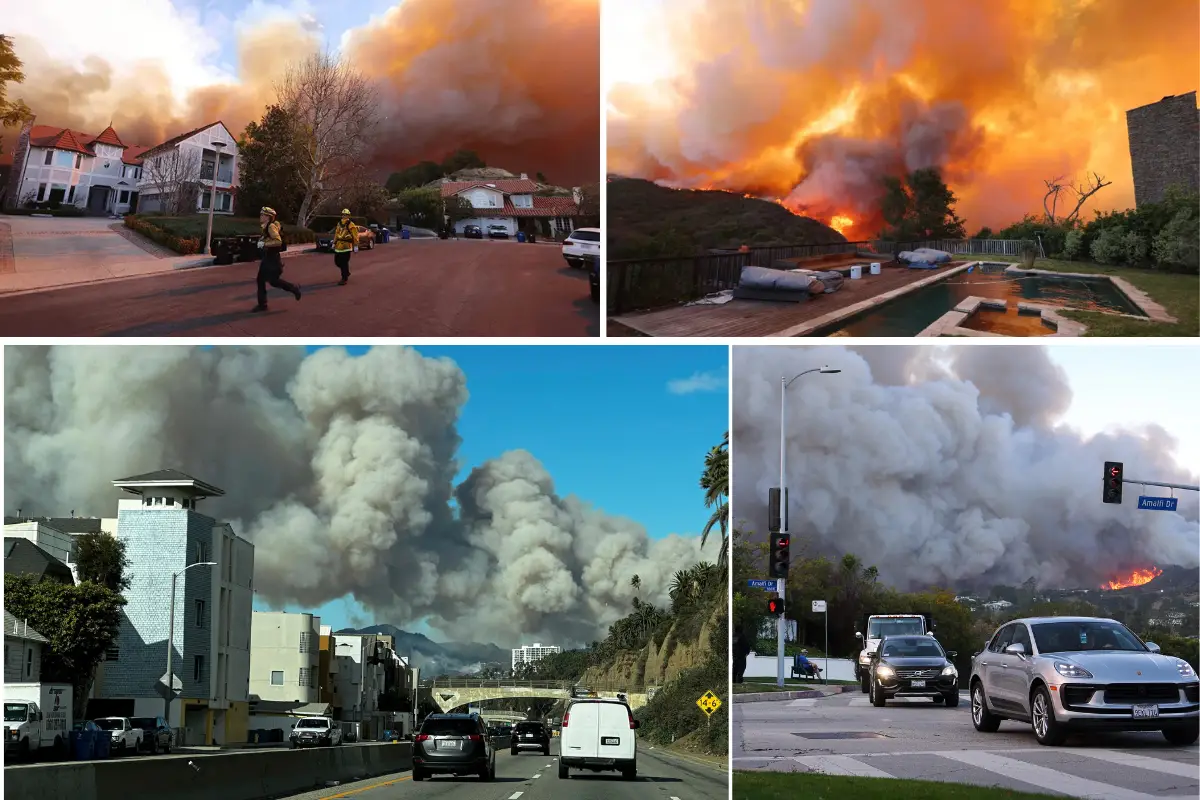
Evacuation scene in Pacific Palisades
In a shocking revelation, Nichols mentioned in his post that the fire hydrants in the area weren’t functioning due to a lack of water, a claim that has sparked outrage and calls for accountability. “Water wasn’t working in the fire hydrants- WTF?!” he exclaimed, raising serious questions about the preparedness and infrastructure maintenance in one of the most fire-prone regions in the country. This issue was further elaborated by Amy Mek, who reported on the dry fire hydrants amid the fires, questioning the leadership of the Los Angeles Department of Water and Power.
The community’s response has been one of shock and anger, with many residents like Nichols demanding political accountability for what they see as a failure in governance and emergency preparedness. The fire has not only destroyed homes but has also shattered the sense of safety among the residents of Pacific Palisades. The emotional toll is evident in Nichols’ words, “Heads must roll for this disaster,” reflecting a community at its breaking point.
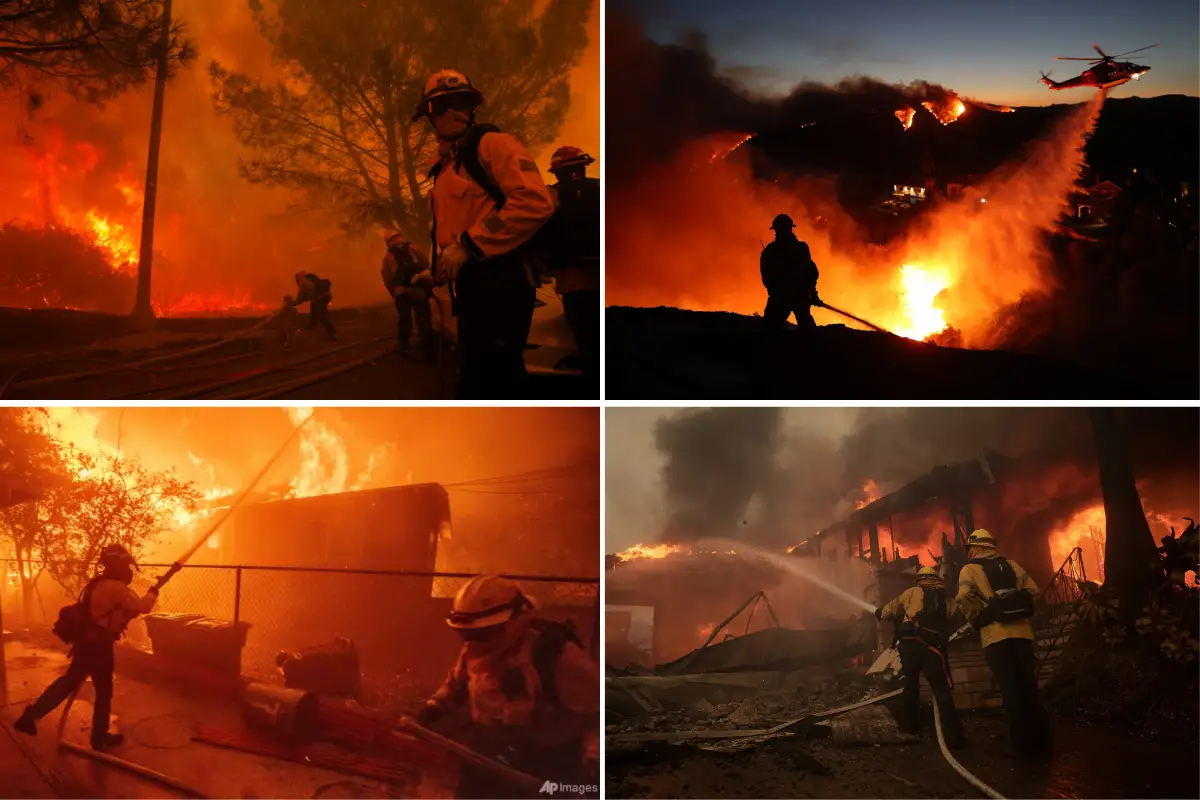
Firefighters battling the blaze
Governor Gavin Newsom has declared a state of emergency in response to what he described as “unprecedented” blazes, with at least 49,000 people ordered to evacuate and thousands more preparing to leave their homes. The evacuation has affected a broad swath of the Los Angeles area, with significant disruptions to daily life, including school closures and the evacuation of nursing homes.
The situation remains dire as the winds are expected to continue, potentially exacerbating the fire’s spread. Firefighters are working tirelessly, with support from federal resources as the Biden administration has pledged assistance. Vice President Kamala Harris, whose home is near the evacuation zone, has stated the administration’s commitment to aiding the recovery efforts.
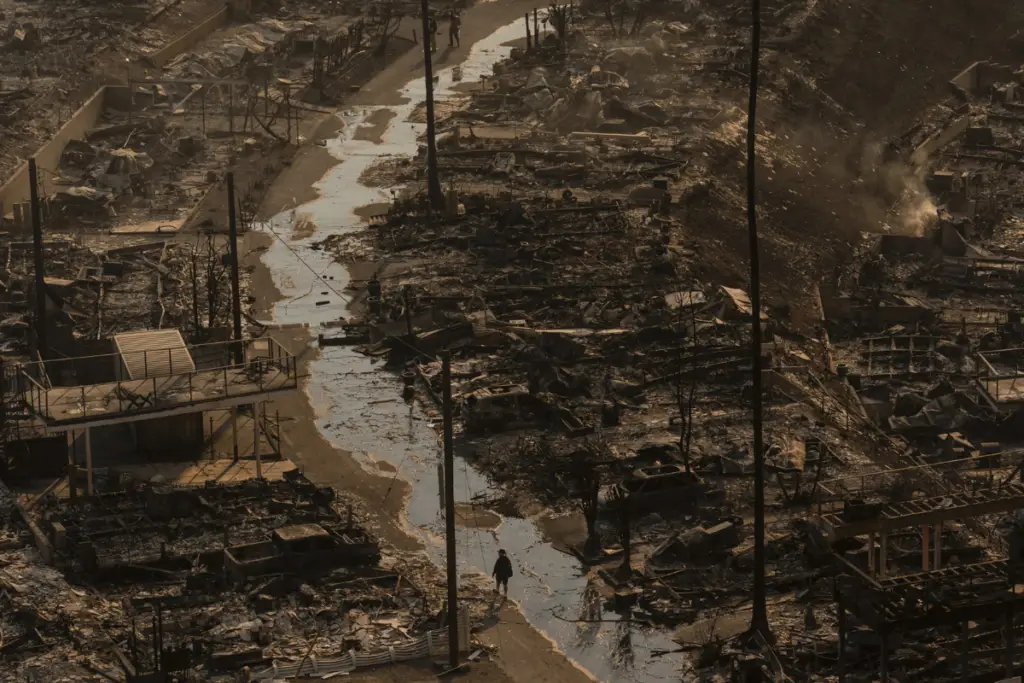
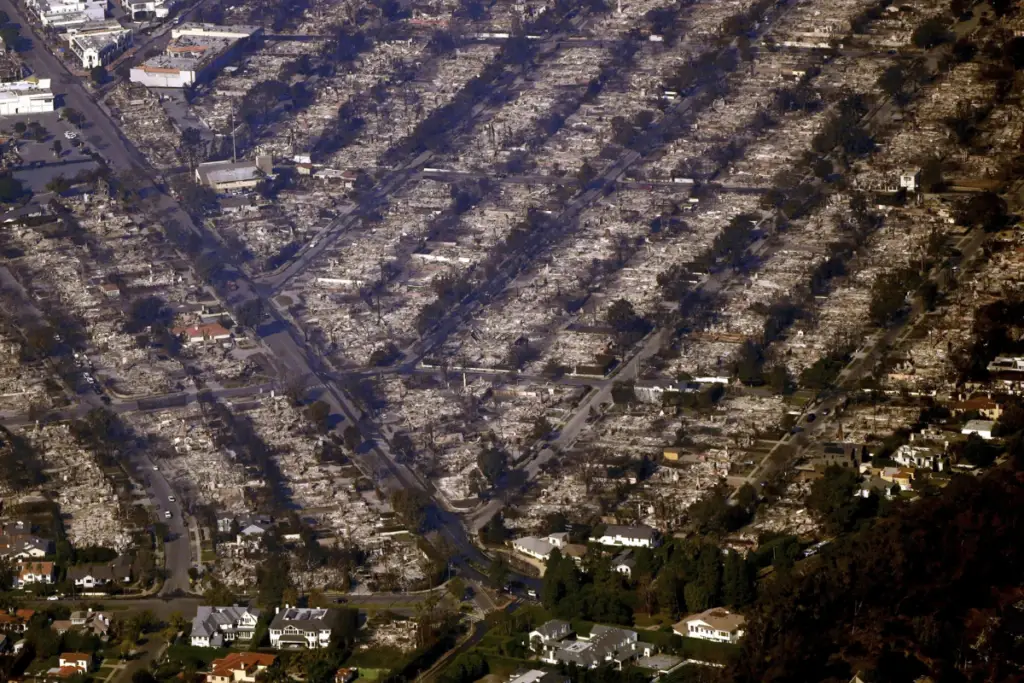
The aftermath of these wildfires will likely lead to significant discussions on improving fire prevention strategies, emergency response capabilities, and the accountability of local and state officials in managing such crises. As the communities begin to assess the damage and plan for recovery, the focus will also be on ensuring such a catastrophe does not repeat in the future.





